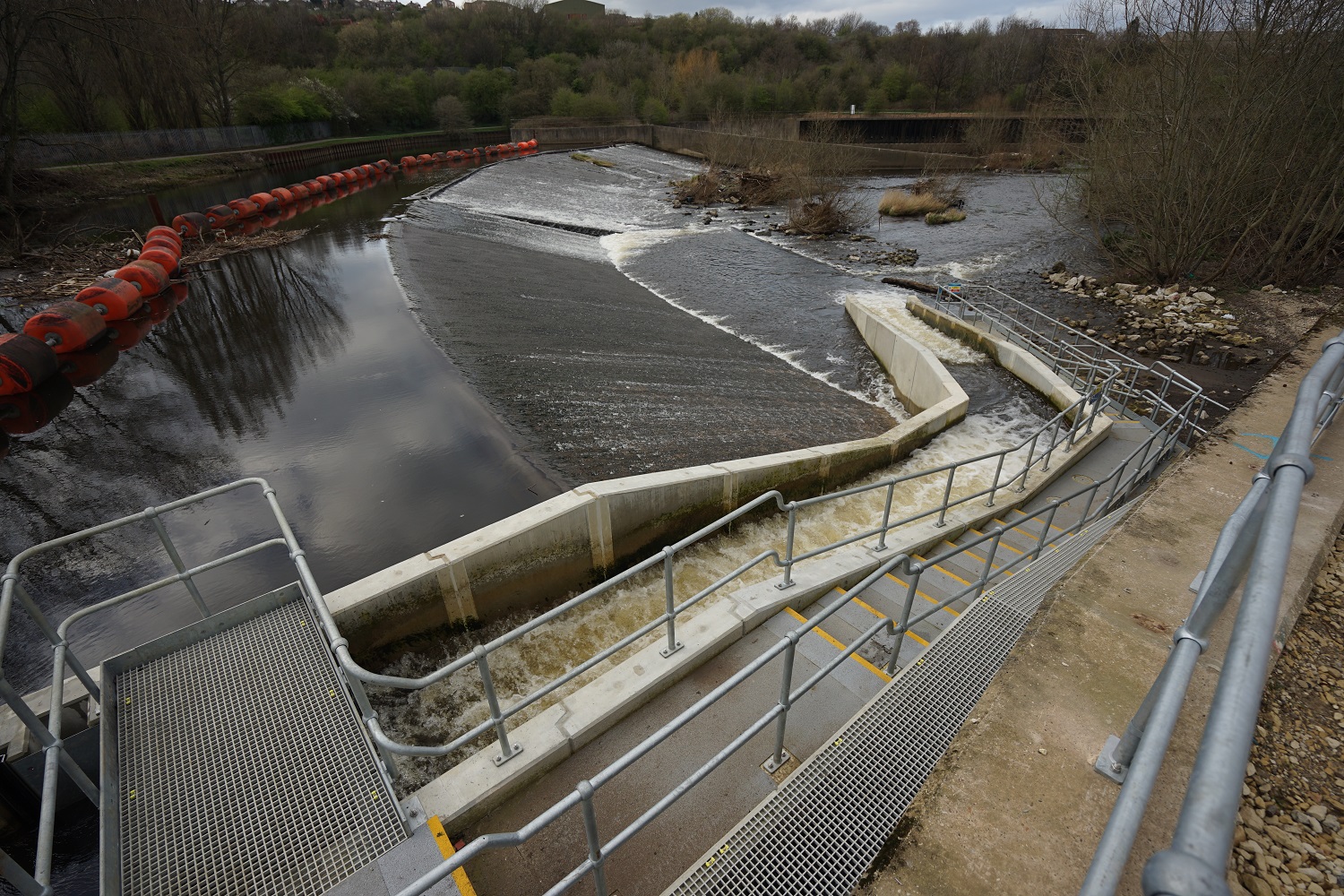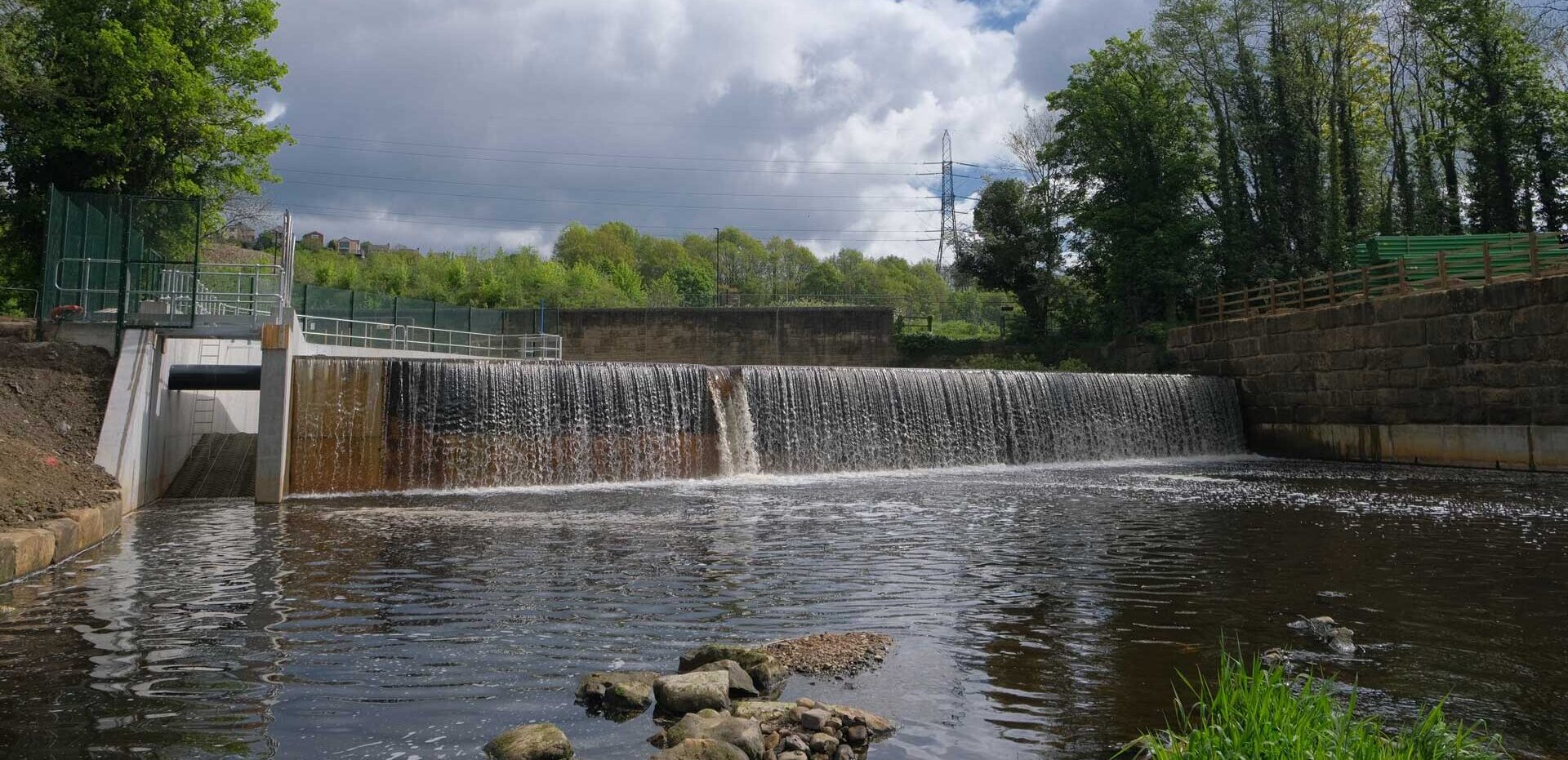Despite once being common in UK waters, sturgeon populations in the UK and more widely across Europe collapsed in the middle of the 20th century. This was largely due to anthropogenic induced pressures, including the construction of migratory barriers, habitat loss, overfishing and pollution among others. The UK Sturgeon Conservation Strategy and Action Plan is something which seeks to address this, however there is still much work to do before we see the return of our native sturgeon species.
It's believed similar restoration projects in France and Germany, which have seen the reintroduction of millions of European and Atlantic sturgeons over the past two decades are responsible for a small number of sturgeons now being recorded in UK coastal waters. However despite the optimism, if we are serious about restoring viable breeding populations of these fish, we must facilitate their upstream migration.
Should sturgeon be added to the list of species to be accommodated when designing fish passage solutions?
Considering the above, I pose the question that if we continue to see increasing numbers of sightings, at what point should sturgeon be added to the list of species to be accommodated when designing fish passage solutions and at what locations?
Failure to consider sturgeon within fish pass design would act to slow the return of the species, with many of the fish passes constructed today designed to accommodate comparatively smaller coarse fish, shad and migratory salmonids. The sheer morphological size of adult sturgeon means they would demand much larger passes, which would in turn require a greater proportion of river flow. As a result, there is a risk that the passes of today may become redundant in say 50 years time.

How will climate change impact the reintroduction of sturgeon?
In the face of climate change, facilitating the migration of these large fish becomes yet more problematic given the projected reductions in river flows. Climate change is particularly pertinent considering the seasonality of sturgeon spawning migrations, with historic records suggesting these fish would be likely to move through our river systems during the warmer late-spring and summer months, when low flow conditions are often observed.
Any future requirement to facilitate sturgeon passage could potentially add further weight to the growing weir removal agenda. While arguments for retaining existing weir structures are often focused around the heritage value of these structures, perhaps it is the role of fisheries ecologists to champion our ecological heritage, with our native sturgeon species around long before the construction of weir structures. Given that the Water Framework Directive demands progress towards historic ‘reference’ conditions, perhaps we should be seeking to increase the ambition and scale of today’s fish passage solutions to ensure that our rivers are in the best possible position to welcome the return of these forgotten visitors.


For more information please contact Luke Hussey.

